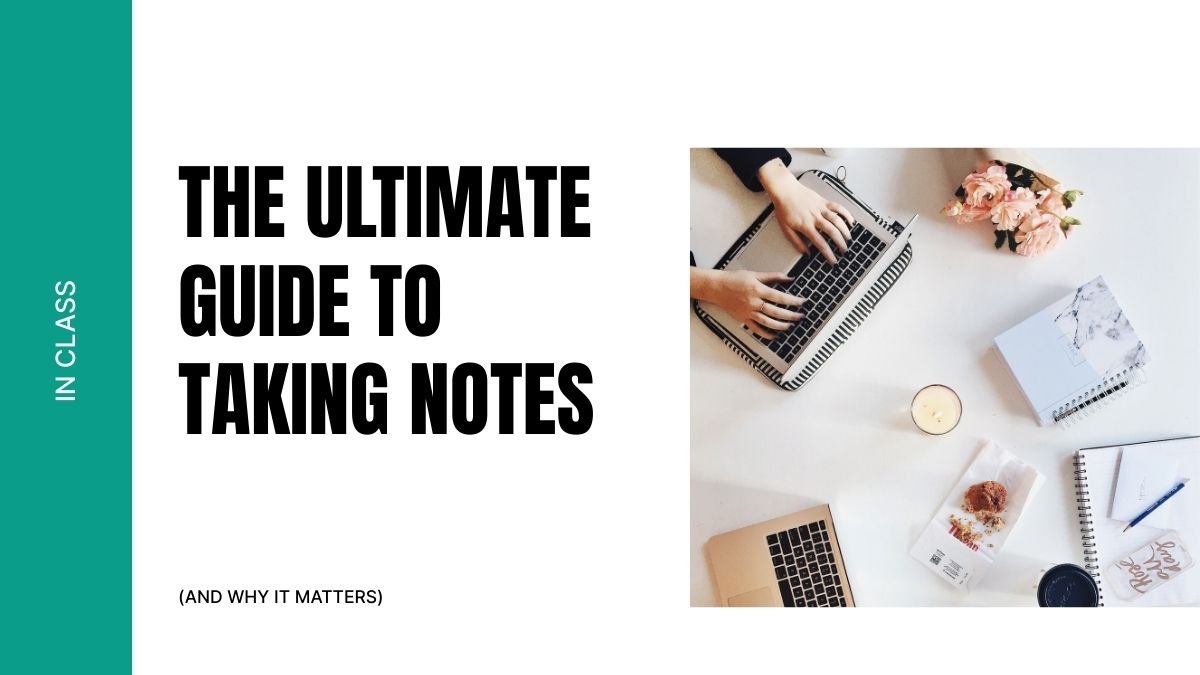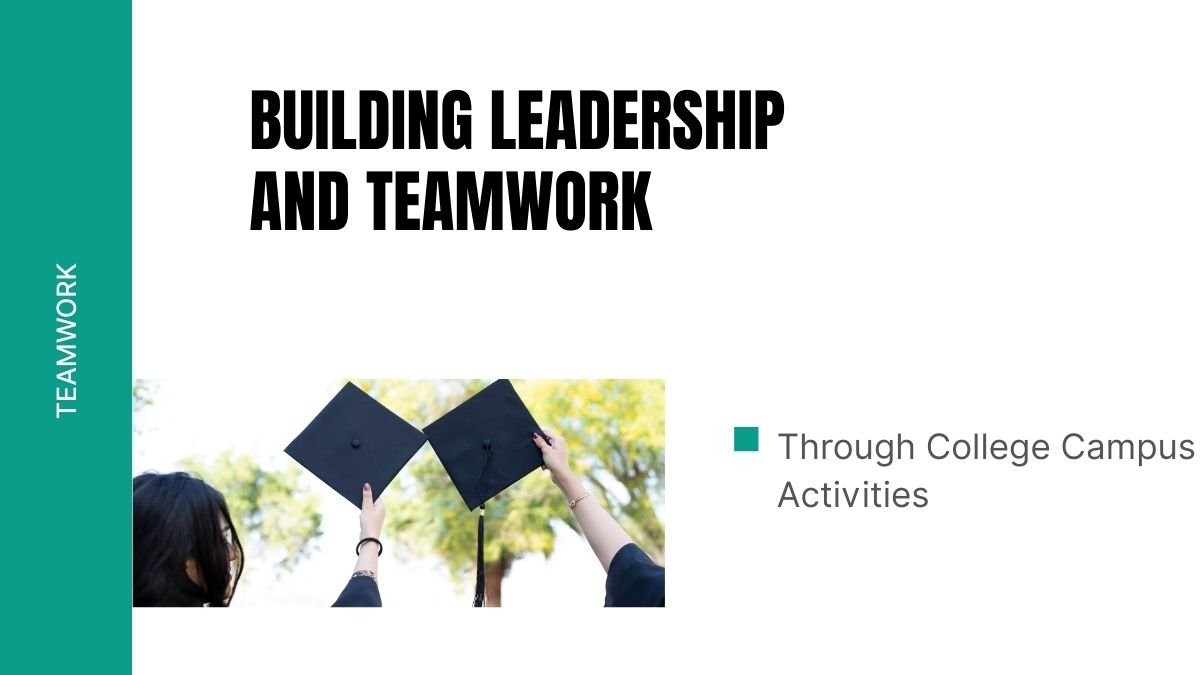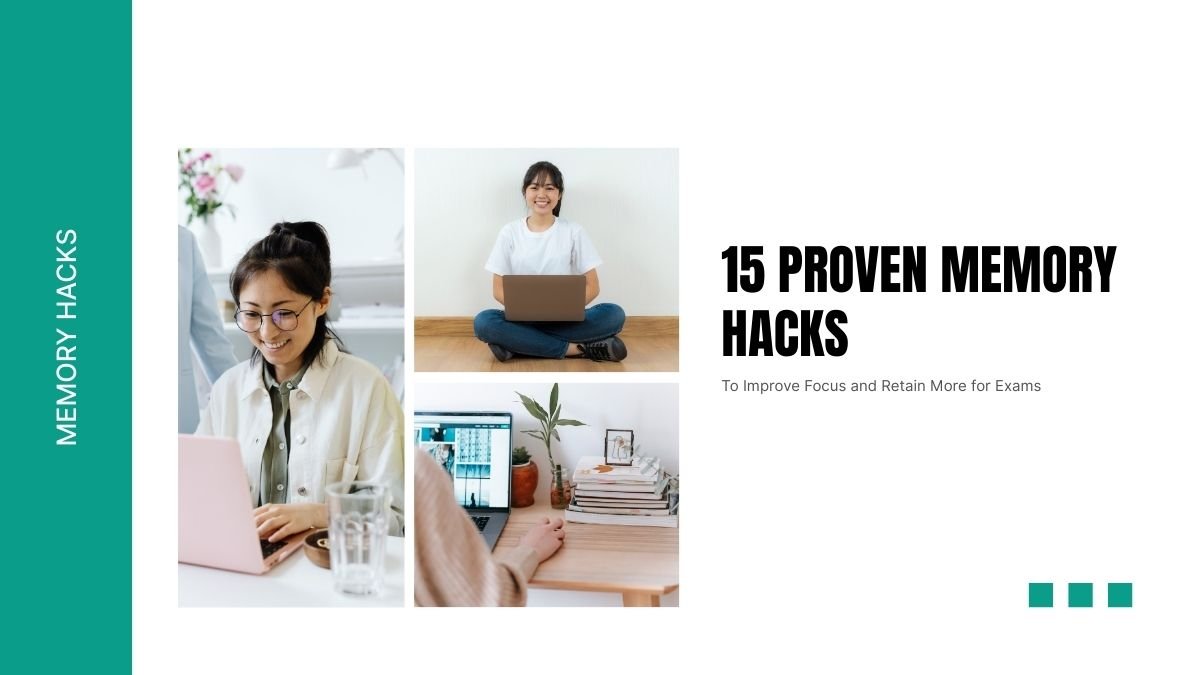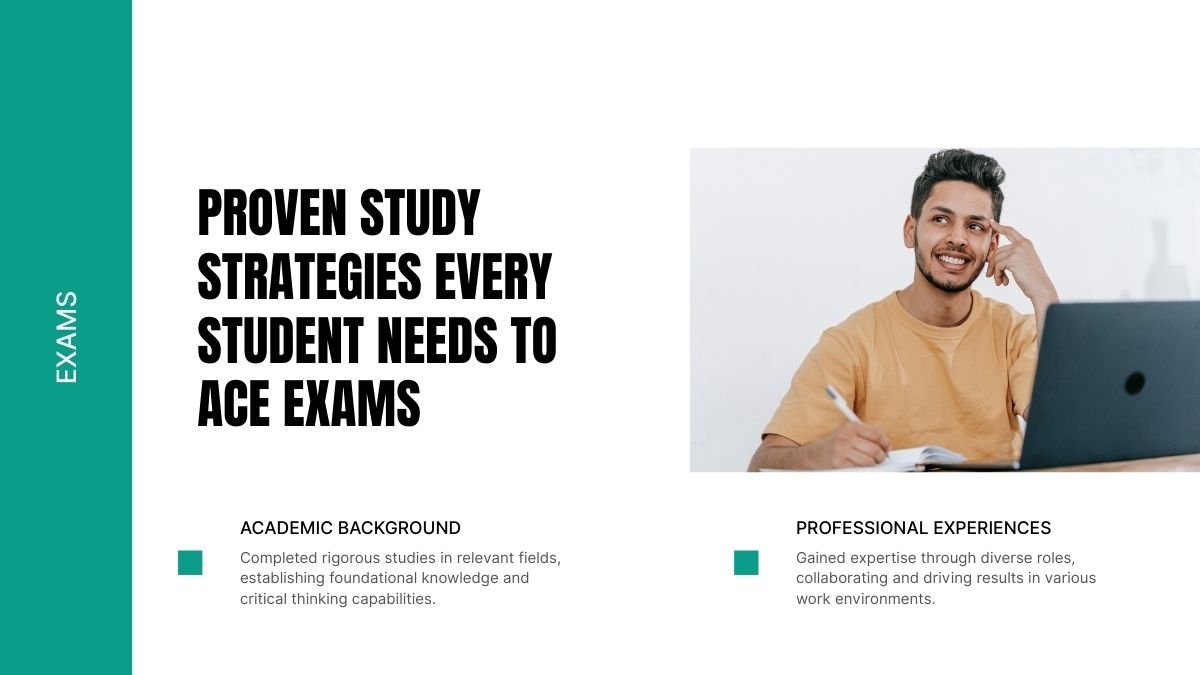The Art of Making Good Notes – Study is Easy, Results are Great
Have you ever felt that you attend class every day, listen carefully, but when the time for the test comes, everything goes out of your mind? When you open the book, you don’t know where to start. If this has happened to you too, then there is no need to panic – almost every student faces this problem.
Actually, taking notes is a skill, and this skill can make your studies half easy. It not only helps you understand the class, but also makes the preparation for tests and exams faster.
In this guide, we will understand in detail –
- Why are good notes important
- What methods can be adopted
- How to use and organize notes
- What common mistakes should be avoided
Why are notes important?
Many children think that just listening in class or reading a book is enough. But the truth is that writing makes the brain more active and things are remembered for a long time.
Understand the benefits:
- Makes it easier to write in your own words
When you write a topic in your own words, it sticks out clearly in the mind.
Example: If the teacher is talking about the “Constitution” and you write “The Constitution of India is a set of rules for running the country” instead of copying lines from the book, you will remember it forever. - Helps in remembering
The process of writing itself is a kind of revision. This is why it is better to write it down than to read it again and again. - Easy to connect ideas
When you connect topics in notes, big things become smaller and understandable. - Easy to prepare before exams
There is no need to go through the whole book before the exam. Your notes become your “short book.”
Ways to make good notes
Every student has different reading and writing habits. Some are visual learners, some like to read in points. But there are some methods that work for almost everyone.
1. Cornell Method – The art of making organized notes
This method is the most popular. In this, a page is divided into three parts –
- Left part (Cue Section): Write keywords or short questions here.
- Right part (Notes Section): Write the main points taught in the class here.
- Bottom part (Summary Section): Write a short summary of what was learned after the class is over.
Example: If the teacher is explaining photosynthesis –
- Write the entire process in Notes.
- Write “How does photosynthesis happen?” in Cue.
- Write “Plants make food from sunlight” in Summary.
2. Mind Mapping – Visual method
If you understand things quickly by looking at them, then mind map is best for you.
- Write the main topic in the middle of the page.
- Write sub-topics by making branches around it.
- Keep adding small points from each branch.
Example: If the topic is “India’s freedom struggle,” then write this in the middle and put sub-topics like 1857 revolution, Gandhiji, Bhagat Singh, Nehru around it.
3. Outline Method – Information in points
This is the most classic method. In this, the main topic and sub-topics are written with points or numbering.
Example:
- Freedom struggle
- 1857 revolution
- Gandhiji’s non-cooperation movement
- Revolutionary activities (Bhagat Singh, Chandrashekhar Azad)
This method is especially suitable for lecture-based classes.
Not just writing, understanding is also important
Many children just keep writing in the class, but later they themselves are not able to understand. Therefore, active listening i.e. listening carefully and understanding is equally important.
- When the teacher says “this point is important” then understand that it should be written.
- Note down what is written repeatedly on the board.
- If you don’t understand something, ask immediately.
Use shortcuts and symbols
Writing everything in full is a waste of time. It is better to create your own shortcuts.
Example:
- w/ = with
- b/c = because
- → = result
- ★ = important
- ? = to be read again
Revise notes after class
Notes will be useful only if you revise them. It is best to revise them once within 24 hours of class.
- Write a short summary at the bottom of each page.
- If you missed something in class, add it later.
- Highlight important points.
Just 15-20 minutes of daily revision will strengthen your memory.
How to organize notes?
Sometimes children make good notes, but do not keep them safely.
- Keep a separate notebook or folder for each subject.
- Use different colors – like blue for Hindi, green for science.
- If you like digital, you can also try apps like Notion, OneNote or Google Keep.
Tips to supercharge your notes
- Active recall: After reading the notes, try to memorize them with your eyes closed.
- Write in your own words: It is better to understand and write yourself rather than copying the language from the book.
- Leave space: Keep some blank space on each page so that you can add more things later.
- Be consistent: Doing a little bit every day is better than rushing at the last minute.
Mistakes to avoid
- Don’t try to write everything. Write only the main points.
- Don’t just write and leave it, revision is necessary.
- Writing without structure will make it difficult to understand later.
The result – better notes, better study
Making notes is not rocket science. It is just a habit that you can improve gradually.
- Choose the right method for you.
- Listen carefully in class and understand.
- Spend some time every day to revise.
Remember, good notes lighten your load and help you in exams.
So are you ready to take your notes to the next level? Start today – this is the first step towards becoming a successful student.








